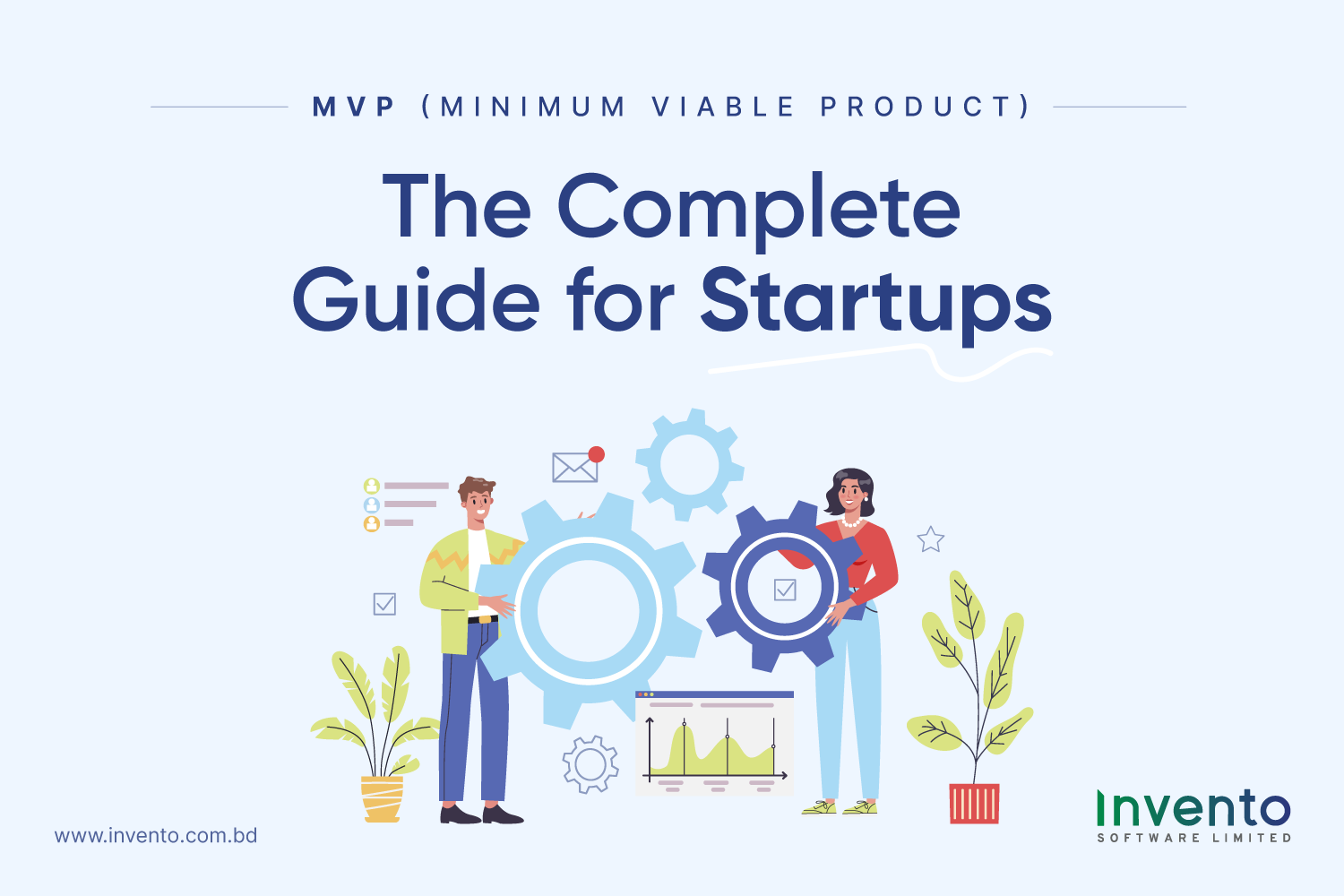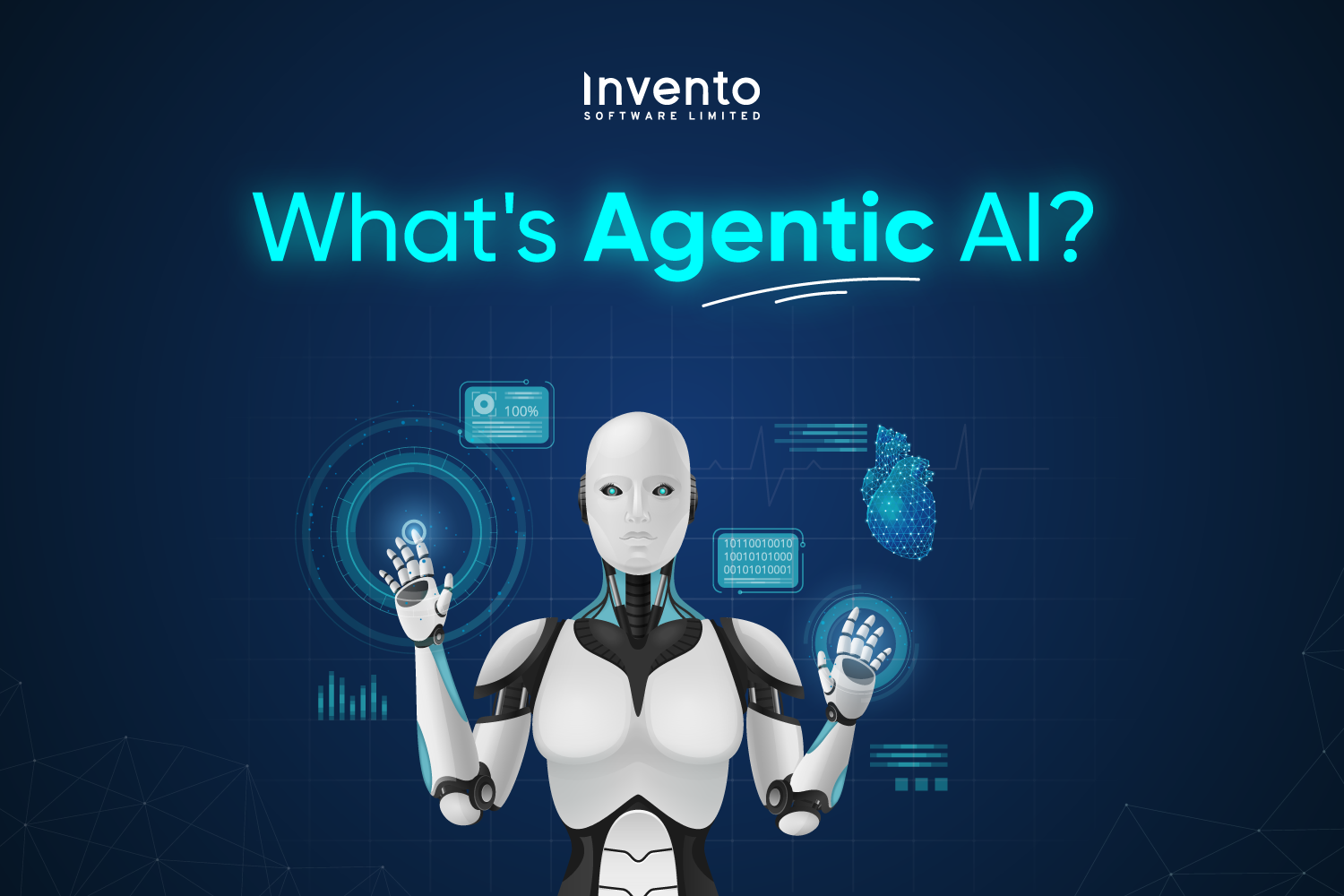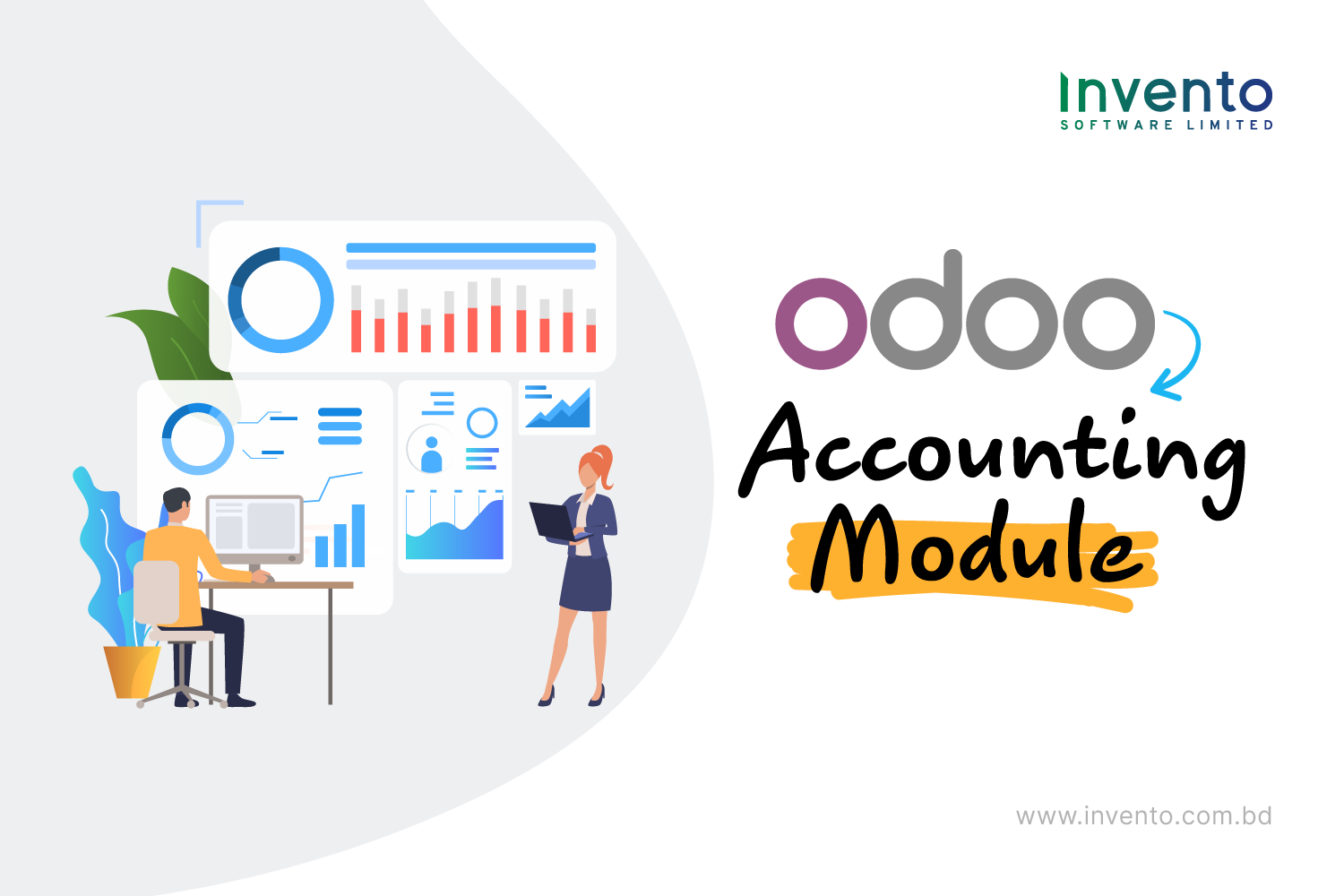Launching a new product is exciting but it can be risky at the same time. Many startups fail because they spend too much time and money building features no one really needs. That’s basically where the MVP (Minimum Viable Product) steps in.
An MVP is a very powerful concept that allows entrepreneurs and businesses to test product ideas quite fast, reduce development costs, and validate customer demand before scaling. In this article, we’re going to explain today what an MVP is, why it actually matters, how to build one, and share some real-world MVP examples from companies like Dropbox, Airbnb, and Uber. So get ready for the journey with us!
What is a Minimum Viable Product (MVP)?
A Minimum Viable Product is the simplest version of a product which delivers enough value to attract early adopters and gather feedback. Instead of building a full-featured product from day one, you can just start with the core functionality that actually solves your users’ primary problem.
You can think of an MVP as the foundation. It’s not a rough draft. Rather it’s a working product with essential features that help you validate assumptions, understand customer needs, and plan future development easily.
Why is MVP Development Important?
You may be wondering why MVP development is essential. Building an MVP is important because it truly helps businesses reduce risks. Instead of spending months or years building a full product, you can just launch a small version and test it with real people. This way, you don’t rely on guesses. As a result, you rely on the actual data and feedback.
Key Benefits of MVP for Startups and Businesses
- Faster time-to-market – An MVP will let you introduce your idea quickly. You don’t need to wait for the “perfect” product. Getting to market early gives you an advantage over competitors quickly.
- Lower costs – You only build the must-have features in the beginning. This will save money and allow you to invest more wisely later.
- Real customer insights – Instead of assuming what users want, you can clearly see what they actually use and like. That’s how their feedback guides the next version of your product.
- Investor confidence – A working MVP is enough to prove that your idea is real. Investors are more likely to support a startup which already has lots of users and data.
- Scalability – Once you’re done with knowing your MVP works, you can expand step by step. Therefore, you’re building on a tested foundation instead of wasting resources on unproven ideas.
Famous MVP Examples
You can find out that many big companies began with very simple MVPs. Later, they grew into the well-known brands what we see today.
- Dropbox – Before building the entire software, the team created a short demo video. This video explained the whole idea and checked if people were interested enough.
- Airbnb – The founders first tested the idea by renting out their own apartment to travelers. This one simple step showed that the idea had demand.
- Uber – In the beginning, Uber was just a basic app in San Francisco. It only connected a small number of drivers and riders. However, you can look at the difference right now.
- Instagram – At first, Instagram allowed only photo sharing. Later, they added filters, stories, and messaging as the app became much more popular.
Steps to Build a Minimum Viable Product
If you really want to create an MVP, follow these clear steps:
1. Define the Problem
Start by understanding the main problem of your target audience. Ask yourself: What pain point am I solving?
2. Clarify Your Value Proposition
Decide how your product will solve that problem better or differently than others in the market.
3. Select Core Features
Make a list of all possible features. Then cut it down to the most essential ones that users need right now.
4. Develop the Prototype
Build a simple, working version of the product. It could be an app, a website, or even just a landing page that explains the idea.
5. Launch to Early Adopters
Share your MVP with a small group of users who are open to trying new things. Early adopters often give valuable feedback.
6. Collect Feedback & Iterate
Ask users what they like and what they don’t. Use this information to improve your product step by step.
Best Practices for MVP (Minimum Viable Product) Development
To get the best results from your MVP:
- Focus on one problem only – In the beginning, just focus on the main problem. Don’t try to solve everything at once. You’ll find your way and can solve them gradually, one by one.
- Keep it simple and usable – Even with limited features, the product should work smoothly. You don’t really need so many features altogether. Your work can be simply done within the available features.
- Follow the lean startup method – Your first step should be building. After that, you need to measure how the work is going and how much has been done. Finally, you’ll learn through different scenarios.
- Track key results – Don’t forget to look at metrics like sign-ups, user engagement, or retention to track the core outputs.
- Improve continuously – It can be improved day by day. Try to use constructive feedback to make the next version even better.
Common Mistakes to Avoid in MVP (Minimum Viable Product)
Even though MVP is a lean strategy, many startups make errors such as:
- Adding too many features from the start.
- Ignoring customer feedback.
- Treating MVP as the final product.
- Skipping testing and validation.
Avoid these pitfalls to keep your MVP cost-effective and impactful.
Final Thoughts
Minimum Viable Product (MVP) is more than just a shortcut. It’s a smart strategy to launch faster, save resources, and build products that truly fit customer needs. By focusing on core features, testing ideas early, and iterating based on real data, startups can transform small beginnings into global success stories.







